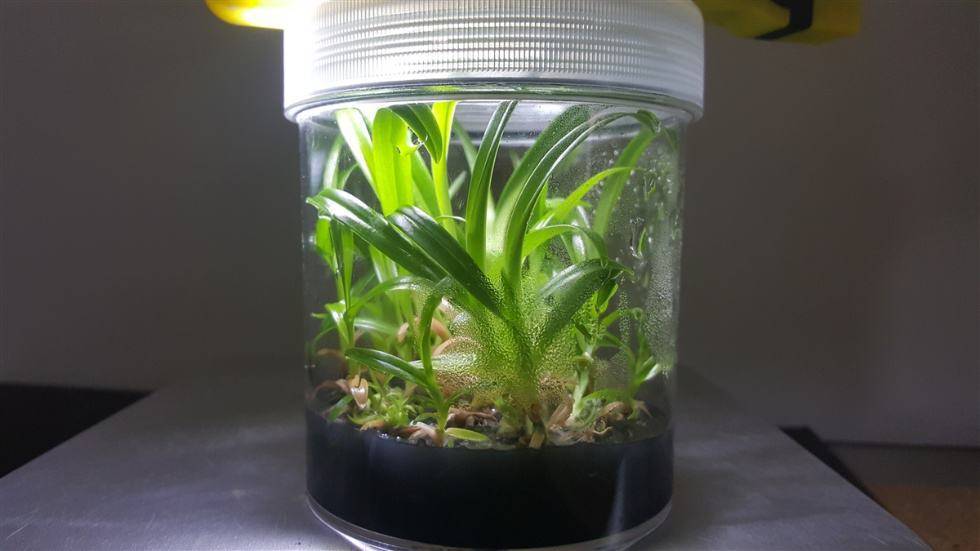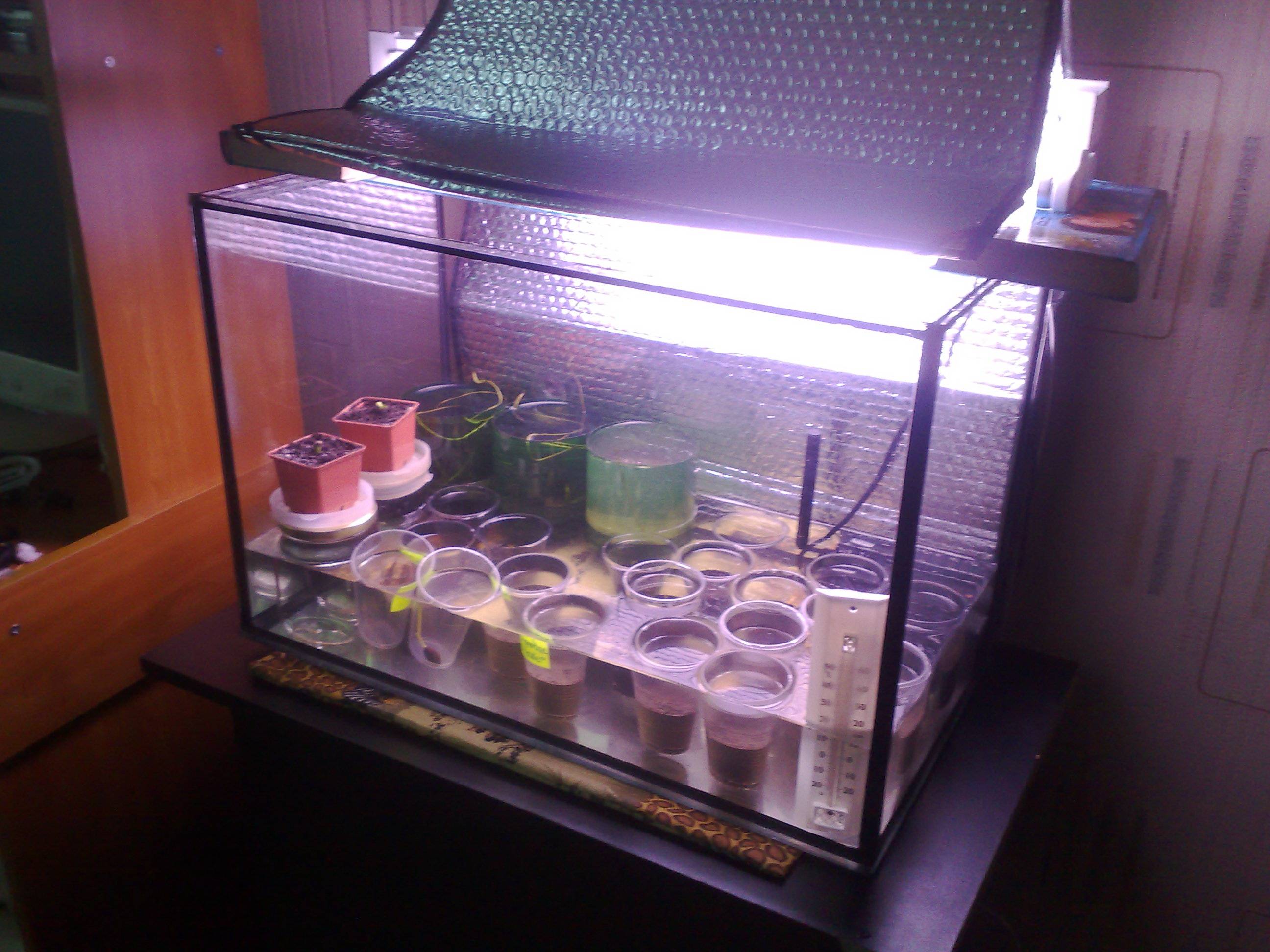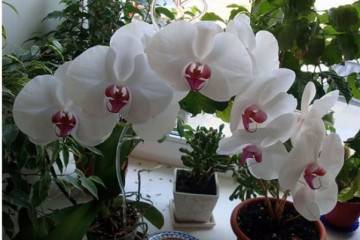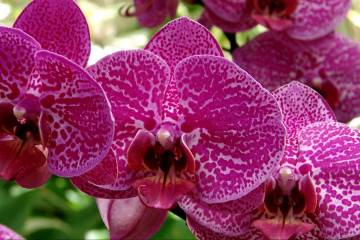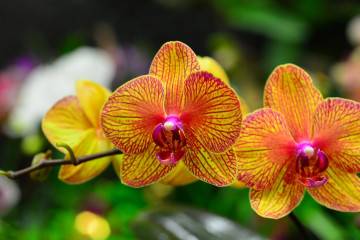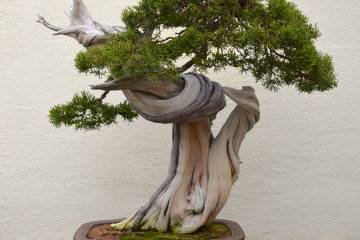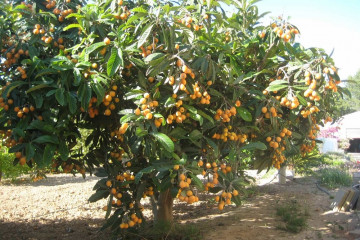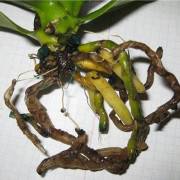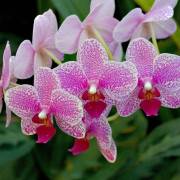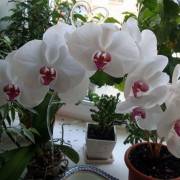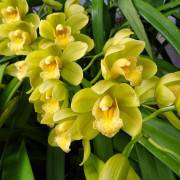How to grow an Orchid from seeds at home
Content:
Orchid is a flower of incredible beauty, which was presented to people by Mother Nature herself. It attracts the eye with its unusual colors and grace. Maintaining the conditions necessary for growth is difficult enough, but getting a plant from seeds in the house is even more difficult. But if you approach this issue correctly, then everything can work out.
Features of growing orchids from seeds
How to properly grow an orchid from seeds at home? A question that worries many people who love this interesting and unusual flower. The procedure for growing seeds is quite lengthy and can take from 4 to 5 years until the plant blooms for the first time. But despite this, many growers grow a healthy and beautiful plant.
Preparation of planting material
The homeland of the orchid is China, where the plant has been cultivated for more than 4 thousand years. When growing in the wild, after the seed pod has ripened, its full disclosure occurs, after which the seeds of the plant are carried by the wind. But even in the wild, to which the orchid is accustomed, not all seeds can germinate.
In order for the tiny nucleolus to open up and take root, it will take a lot of effort and it is the nutrient substrate that has a big deal in this process. If the seed is lucky, it will be carried by the wind into a nutrient medium with fungal microflora, where it can germinate.
What do orchid seeds look like?
They are so small that looking at them gives the impression that they are just dust. But if you look under a microscope, you can see every grain. If we compare it, for example, with wheat, then it is 15,000 times less.
Now it becomes clear why it is so difficult to germinate at home - it does not have a protective shell that would protect it from death.
Preparation
In order for the cultivation of such a tiny grain to give results at home, it is important to prepare a nutrient medium. The recipe is as follows:
- purified water - 400 ml;
- honey - 1 tsp;
- 1 tablet of activated carbon;
- sugar - 1 tsp;
- banana puree - 2 tsp;
- starch - 70 g;
- fertilizer for the plant.
The prepared amount of substrate should be enough for about 5 cans. Now you need to measure the pH level using litmus paper, it should not exceed 5.2.
If it is necessary to increase the acidity, then they do it with the help of lemon juice. And if, on the contrary, lower it - then with the help of baking soda. They need to be poured in very small drops, periodically measuring the pH level.
When the mixture is ready, according to the recipe, it is poured into a metal saucepan and put on fire. The consistency should be cooked until sour cream is thick, after which it is removed and poured into banks. The mixture is filled into a jar only 3 cm from the bottom and closed with a lid.
Next, you need to sterilize the mixture with cans. This requires a small saucepan and a steamer. Jars are placed in a saucepan, which is covered with a lid and sterilized in a double boiler for about half an hour.This procedure must be carried out twice with a break of 24 hours. The nutrient medium for seed germination is ready.
Required inventory
When germinating, the Chinese orchid requires sterile conditions, which is quite difficult to do at home. Therefore, it is necessary to build a box. To do this, you can take an ordinary plastic container, about 25 cm high and up to 50 cm wide.On one side, two holes are cut so that you can stick your hands in and attach rubber gloves with tape or plaster.
It is also worth remembering that if you plant an orchid in winter, then a phytolamp must be installed next to the box.
Growing an orchid at home
After the box and jars with the nutrient medium are prepared, you can start planting seeds. This raises the question of how to plant orchid seeds? And this is not so difficult to do.
Sowing
It is necessary to transfer the seeds to the nutrient medium using a pipette or syringe. It is better to do this directly above the steam, so that microorganisms in the air do not get into the composition, and it remains sterile.
After the seeds are all laid out in banks and everything is installed in the box, it is necessary to sterilize it. To do this, hands are pushed into the holes, into gloves, and the inside of the box is treated with a sodium hypochlorite solution.
Sowing care
In a box with seeds, a temperature regime of +18 to +22 ° C must be observed. In addition, the box should be installed in a place where there is no direct sunlight, and the light is diffused throughout the day.
For several days, the plant should stand, and if no plaque or mucus forms on the surface of the jar, then we can conclude that the sowing was successful. Further, the following pattern of seed germination can be observed: green balls → rhizoids → leaves → sprouting of roots.
Planting sprouts in a pot
With sowing, everything is clear, the next step is how to grow an orchid from seeds and when it can be planted in a pot. The first shoots in the nutrient medium can appear after a month, and sometimes you have to wait up to 9 months. First, the first thin threads that hold onto the surface of the nutrient composition will become noticeable. Then the leaves will appear, and only then the real roots will begin to form.
As long as the bores are in sterile conditions, in the box, they do not need special care. But when the sprout has already formed and needs to be transplanted, the nutrient medium is changed to a special substrate.
The composition should be as follows:
- crushed activated carbon in the amount of 10 tablets;
- sphagnum moss;
- chopped bark of a coniferous tree;
- fern rhizomes.
The last three components are taken in equal proportions.
To begin with, drainage must be done in a plastic cup: pour a few small stones, and then pour them on top with a prepared substrate. Now you can remove seedlings from the nutrient medium with neat and smooth movements. The roots of the plant must be washed and can now be planted in the substrate.
For 6 months, the orchid should be in a glass to strengthen its stem, after which it can be planted in its usual land.
Possible problems
The first and main reason for failures in growing orchid seeds is non-sterility, poorly processed substrate. The reason for the lack of sprouts may be ignoring sowing over fallow.
The second most common problem is impatience. Many cannot wait for the germination of the sprouts and begin to climb into the jar, thereby letting in harmful microorganisms there. This is not worth doing. If no mucus or plaque was noticed on the can, then everything is going as usual and you do not need to look at the cans every day.
Sometimes there is such an interesting fact that you seem to do everything in stages and observe sterility, but as a result, it turns out that the orchid from which the seeds were taken has strong immunity, and it cannot become infected with the fungus. It is because of this that the seeds do not receive the nourishment they need and do not germinate, no matter how hard you try.
Adhering to all the recommendations for growing, you can breed a large number of plants that will delight with their flowering and beauty for a long time.


